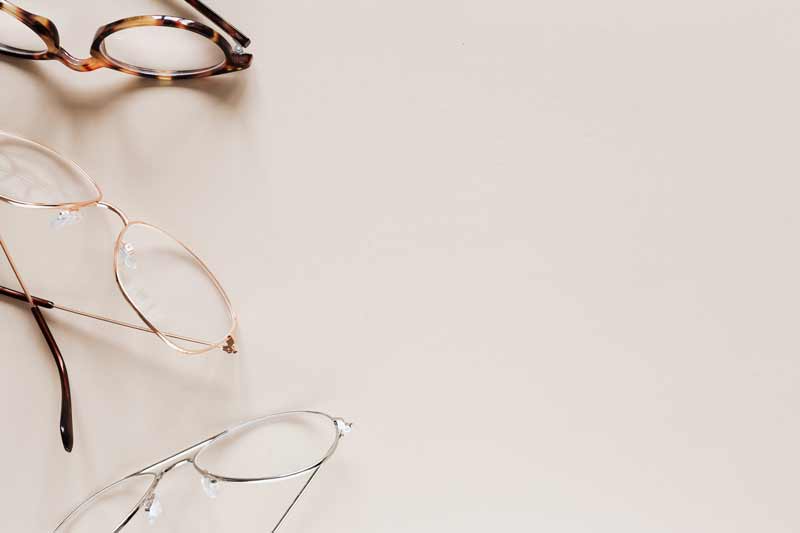Each day, tech companies are investing in various revolutionary devices that have the potential to enhance users’ digital experiences, one such tool being smart eyewear.
Statistics from Grand View Research forecasts a whopping 27.1% compound annual growth rate from 2023 to 2030. This growth is primarily driven by rising interest in tech-driven products interconnected with other devices like mobile phones, which boost user convenience.

Brief history of smart glasses
While the concept of augmented reality (AR) combined with eyewear has been in ideation for the past decades, it was only in 2012 that Google Glass attempted to integrate these two technologies into one. This device was primarily used in industrial applications, enabling wearers to check work equipment, get real-time progress updates, and capture their work in video and picture format. After its release, many tech companies have since released their own version of smart glasses, including Nreal Light glasses, Snapchat AR spectacles, and more. However, these earlier iterations weren’t entirely successful due to technological limitations.
Since then, however, the industry has opened up new opportunities for smart glasses. Today, one of the most well-known smart glasses is the collaboration between Ray-Ban and Meta. Ray-Ban’s foray into smart glasses combines innovative tech features with the luxurious design of the brand’s glasses, including the iconic Wayfarer. These smart glasses integrate technical features such as audio, touch control, and voice control, enabling users to capture photos from a first-person perspective. Meta and Ray-Ban are expected to release an updated generation of Ray-Ban stories later this year.
Application of smart glasses
Given its abilities, there are several smart glasses applications, and it can potentially boost the shopper experience. A smart-manufacturing report by GlobalData highlights how many supply chains have adopted new and more imaginative models to appeal to consumers, especially in fashion. For instance, smart eyewear producer Vuzix expects to release smart glasses consumers can wear during shopping, allowing them to look at clothing racks and identify information on a specific item, from their manufacturer to ethical info.
Aside from improving the shopping experience, here are some other ways smart glasses are predicted to help their users:
- Inventory management
- Educational training
- Virtual assistance
Challenges faced by smart glasses
As of today, smart glasses still face plenty of challenges in becoming more widely used. Most smart glasses are not readily available in optical shops and are more often used experimentally. While glasses like Meta and Ray-Ban’s collaboration are available in retail, almost all must be ordered with preinstalled prescription lenses. These lenses cannot be changed at regular eyewear retailers, which significantly bumps up the price and limits the accessibility of this smart eyewear. This is especially problematic for users with ever-changing prescriptions.
Another major problem is concerns over the safety and privacy of the devices. One of the major reasons why Google Glass was taken out of the consumer sector was due to scrutiny from US lawmakers, as the device could take photos and record video without consent. Furthermore, the glasses were also vulnerable to hackers— risking personal data breaches that can expose users to malicious intent. But with improving tech literacy and quality worldwide, this may be set to change.
While there is a chance for worldwide implementation of smart glasses, most earlier releases will be available in business or work environments rather than to the regular consumer. But with companies like Meta, Apple, and Microsoft continually investing in tools and technology like glasses and headsets, only time will tell when these eyewear will land in mainstream shopping markets.
















